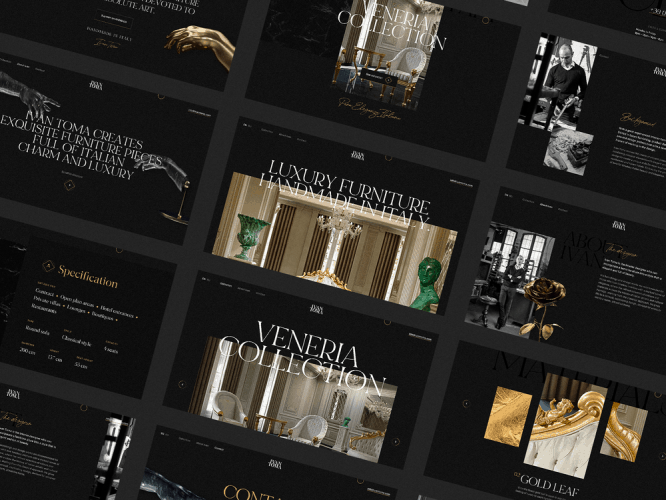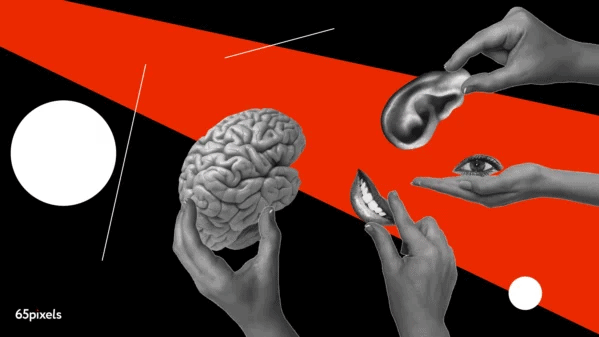3 common portfolio mistakes designers make
In this article, I decided to talk about the most common mistakes that designers make in the design of their portfolio.
Before I start, I want to say that there are no strict rules for designing a portfolio. Each client is looking for what he needs when hiring a designer and, accordingly, makes his own requirements. But the main thing is that the portfolio should sell.
When I worked as an art director of one of the St. Petersburg design studios, I often had to look at the work of designers who wanted to get a job with us. I noticed that almost every second person designs their portfolio in such a way that it does not sell their work properly.
Portfolio as an art project
Of course, a designer’s portfolio is one of the best personal projects. We approach it as a masterpiece. We strive to create something fantastic and creative. A site that not only showcases our work, but also expresses our individuality. But this, in my opinion, is not quite the right way.
Designers have been known to hesitate before launching their portfolio site. They have so many ideas that they don’t know where to start. Or they want their works to be perfectly perfect and therefore never satisfied with their creation.
Dazzling animations, overly complex designs, and convoluted user paths only distract from the task at hand: “show and then sell“…
I am in favor of creating a beautiful and understandable portfolio. But when we focus too much on it, we forget about our users: companies or employees who just want to see our work and understand who we are. And I hope to contact us.

Beautiful pictures and not a word more
As designers, we are more interested in visuals, creating beautiful layouts with photographs of our work. But we often forget about the history of the project and put it on the back burner.
Instead of putting off the history of the project, start with it. Tell us about creating an idea. Show the sketches – this will help show the process of your creativity and get into the project. Every company wants to understand how you think and see how the project was created. And decide if you are suitable for the purpose of the agency and the teamwork within it.
Trying to impress other designers
I don’t know when and why designers decided that success was about impressing their colleagues. We try so hard to fit into the design community that we forget that “community” is not our target audience.
Forget what other designers think about your work. Create a portfolio for your own purposes. Think about what your target audience needs to know in order to appreciate who you are, how you work, and what you are capable of creating.


